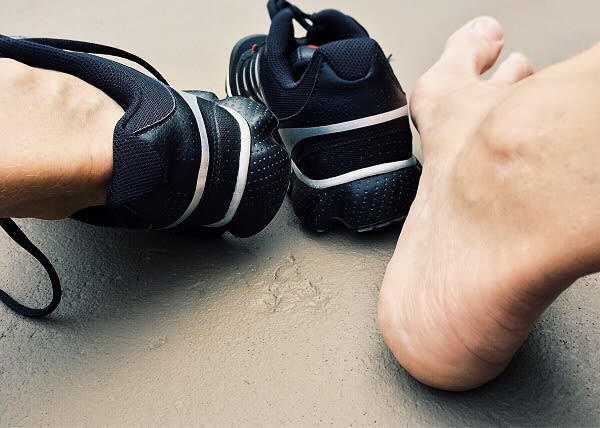Stress Fractures: Not Just For Athletes
Published: September 06, 2017l
By Robert Weiss, DPM
You don’t have to be an athlete to have a stress fracture. We often find metatarsal-toe bone fractures from walking city streets on the hard surfaces, but it is more common in sports. A stress fracture is a tiny or incomplete crack in a bone that is often caused by overuse.
In the non-athlete, stress fractures may be caused by a number of factors. Overuse, or strain in the foot can cause a fatigue fracture which is very common. Weak bones, caused by medical conditions such as osteoporosis, may result in another type of fracture. The use of steroid medication or an increased activity level can also lead to stress fractures. Tell-tale signs to look for include pain that increases with activity and diminishes with rest, pain that increases over time, or pain that persists even at rest. Many times the stress fracture will have swelling over the affected area with a spot that is painful to the touch.
If you experience any pain during your aerobic exercises relating to the symptoms mentioned, seek medical help. Early diagnosis and treatment of a stress fracture can often prevent further injury. Stress fractures may not show up for a number of weeks, and therefore, may not show in an x-ray. In some cases, an MRI, ultrasound or bone scan will help make the definitive diagnosis. A stress factor should be treated with rest, ice and OTC anti-inflammatory medications. Sometimes, depending on the extent of the fracture, a period of rest will be sufficient for the bone to heal. In more severe cases, immobilization by a cast, cast boot or fracture shoe is necessary.
The following are some thoughts on the prevention of stress fractures:
- Use the proper shoes for your foot type.
- Exercise in moderation when starting a new exercise program and progress gradually.
- Train and don’t strain with sudden changes of intensity in your exercise program.
- Think about prevention. The foot is the foundation of the body, so consider custom shoe inserts (orthotics) made to improve foot balance and function.
- Proper nutrition is essential. Make sure to include plenty of calcium in your diet.
Dr. Robert F. Weiss is a podiatrist specializing in foot and ankle surgery with a practice in Darien, affiliated with Stamford Hospital and member of Stamford Health Medical Group-Foot & Ankle Institute. A member of the Medical Advisory Committee of the 1984 and 1988 Olympic Marathon Trials, he is a veteran of 35 marathons.
Featured Expert/ Author




















